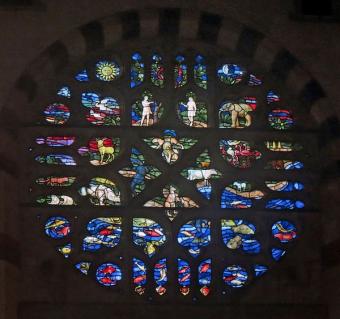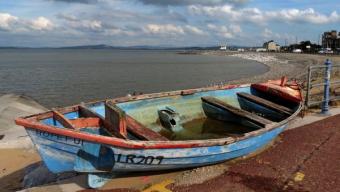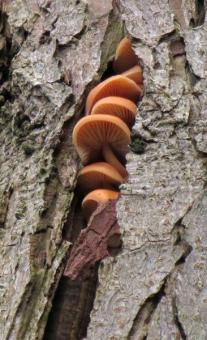 Velvet Shank
Velvet ShankOur annual visit to this neck of the woods almost didn't take place owing to the large number of cancellations due to ill health. Apart from myself only three other members were fit and well enough to attend; Sue, who did the driving, Marilyn and June. Several other regular attendees were either away on foreign jaunts or had other places to be. Maybe the fact it was Valentine's Day was a factor?
If it had been raining or very windy I don't think we would have gone ahead. Fortunately, however, the weather looked very promising and so off we went. Although there was a chill in the air, particularly along the reservoir, there was sunshine for most of the day which raised our spirits considerably.
I was designated the leader in Margaret's absence and was also tasked with writing this blog! Our route took us in a southerly direction from the car park (the one between Swinsty and Fewston) along the western shore. Very little was seen apart from a small flock of LTTit's and and some withered Pestle Puffballs. Shortly after we had turned northwards Sue sat on a bench and declared it was now lunchtime. As it was noon there were no objections and the entire group fitted comfortaby beside her. Sue had very kindly baked a wonderful lemon drizzle cake (enough for a full bus load!). Mind you by the day's end there wasn't too much left over. That did however entail eating cake at the start of the walk, at lunch and at the finish! No doubt Marilyn and June are spending Wednesday recovering from this surfeit!
After lunch we started to see quite a lot of bracket and crust fungi on fallen branches, logs and tree stumps. These included: Turkeytail, Lumpy and Smoky Brackets, Hairy Curtain Crust (Stereum hirsutum) and a group of blackened brackets that were too out of reach to ID. Also seen were Velvet Shank, Stump Puffball and on a coniferous log; Purplepore Bracket (Trichaptum abietinum).
Whilst I was wrestling with brambles etc, trying to get close and personal with the fungi, June and Sue went on ahead to look for a woodpecker they had heard drumming. After ten minutes or so I rejoined them and we all stood together searching for the elusive bird. Although it never did show up we were delighted to observe Blue and Great Tits, Nuthatches, Treecreeper, Wren, a male Bullfinch, a couple of Siskin and the stars of the show a pair of Brambling! Other birds seen during the day were Red Kite, Heron, Great Crested Grebe, Geese and Mallards. Buzzard and Curlews were heard but not seen. The only plants in flower were some low growing white petalled nodding flowers but without our botanists what could we do? (Only joking!)
We left the site at 15:10 and were back at Culture Fusion before 16:30. All agreed it had been a splendid day and we had also enjoyed putting the world to rights!. Hopefully our absent colleagues will all soon be back with us.
Thank you Sue for driving the bus and for baking the cake.
See the photos here.
John Gavaghan


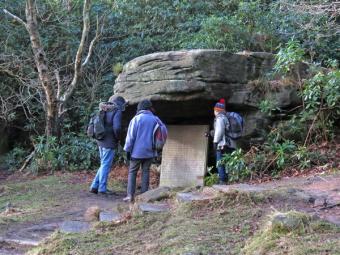
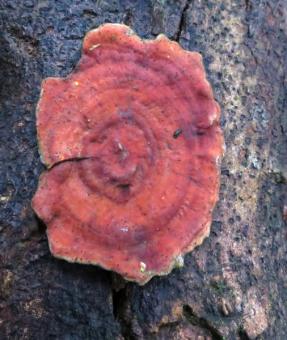
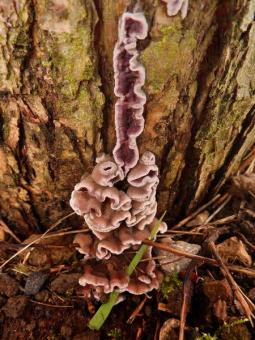
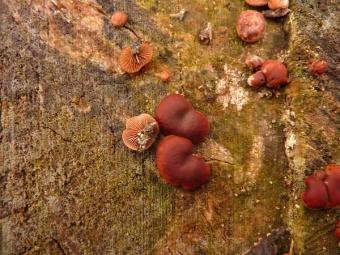
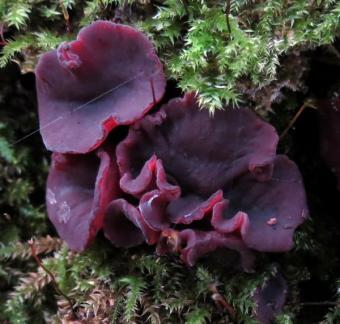

.preview.png)
